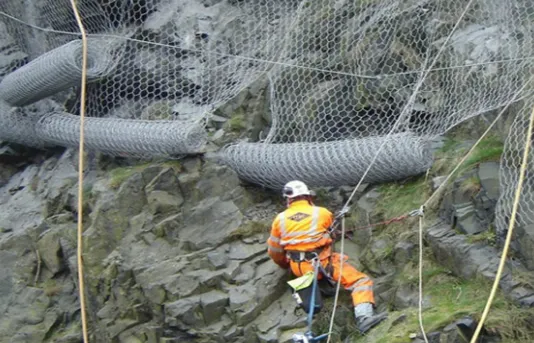-
 Phone:
Phone: -
 Email:
Email:

barbed wire fence
The Significance of Barbed Wire Fences
Barbed wire fences have been a critical component in agricultural practices, security measures, and wildlife management since their invention in the late 19th century. Originally developed to keep livestock within designated areas, these fences have evolved and adapted to a range of purposes, becoming a symbol of both protection and division.
A Brief History
The inception of barbed wire can be traced back to 1867 when Lucien B. Smith patented the first practical design. This innovation quickly gained popularity among farmers in the American Midwest, who faced the dual challenge of protecting their crops from grazing animals and preventing their livestock from roaming freely. The introduction of barbed wire revolutionized farming practices, allowing farmers to fence off large areas of land at a relatively low cost. Soon, the United States experienced a massive shift in agricultural trends, leading to the growth of the cattle ranching industry and the establishment of the first organized cattle drives.
Functionality and Design
Barbed wire fences are constructed using strands of wire that are intertwined with sharp, pointed barbs placed at intervals along the length of the wire. The design is deceptively simple but highly effective. The barbs deter animals and humans alike from attempting to cross the fence. A typical barbed wire fence consists of three to five strands, depending on the level of security required. While primarily used in agricultural settings, these fences have also found their way into urban environments as a means of preventing trespassing and securing property.
One of the defining characteristics of barbed wire is its versatility. It can be deployed in various contexts—from boundary delineation in ranches to securing construction sites in cities. In addition to livestock containment, barbed wire is often used in military applications and correctional facilities, providing robust security and limiting unauthorized access.
barbed wire fence

Environmental Impact
While barbed wire fences serve important functions, they can also pose challenges, particularly in terms of wildlife management. Many species, particularly larger mammals like deer and elk, may become entangled in the wire, resulting in injuries or fatalities. To mitigate these impacts, conservationists advocate for the use of wildlife-friendly fencing designs. These adaptations may include lower fence heights, wider spacing between barbs, and the installation of fencing that allows for safe passage for animals. Such modifications help balance the needs of agriculture and wildlife preservation.
Cultural Symbolism
Beyond their practical applications, barbed wire fences carry significant cultural symbolism. In many contexts, they represent division or separation—be it the boundary between different properties, the delineation of national borders, or the barriers erected during times of conflict. Artists and writers have often used barbed wire as a metaphor for the emotional and psychological barriers that people construct to protect themselves from pain and vulnerability.
In contemporary society, the imagery of barbed wire has been utilized to depict themes of restriction and confinement. It is often seen in art installations or literature that address issues like immigration, detention, and the struggles for freedom. This duality—as both a protective measure and a symbol of division—invites us to reflect on the complexities of human relationships and our interactions with the environment.
Conclusion
Barbed wire fences are more than mere agricultural tools; they represent a fascinating intersection of history, functionality, environmental impact, and cultural significance. As society continues to evolve, so too will the applications and perceptions of barbed wire. It serves as a reminder of our need for boundaries—both physical and emotional—and the constant balancing act between protection and division. The future may need innovative approaches to fencing that honor the dual purposes they serve, ensuring that these structures continue to fulfill their roles while minimizing their impact on both humans and wildlife. Understanding and addressing these complexities is crucial as we navigate our ever-changing world.
-
Wire Mesh for Every Need: A Practical SolutionNewsJul.25,2025
-
Steel Fences: Durable, Secure, and Stylish OptionsNewsJul.25,2025
-
Roll Top Fencing: A Smart Solution for Safety and SecurityNewsJul.25,2025
-
Cattle Farm Fencing Solutions for Maximum SecurityNewsJul.25,2025
-
Affordable Iron Binding Wire SolutionsNewsJul.25,2025
-
Affordable Galvanized Wire SolutionsNewsJul.25,2025
-
Wire Hanger Recycling IdeasNewsJul.25,2025








